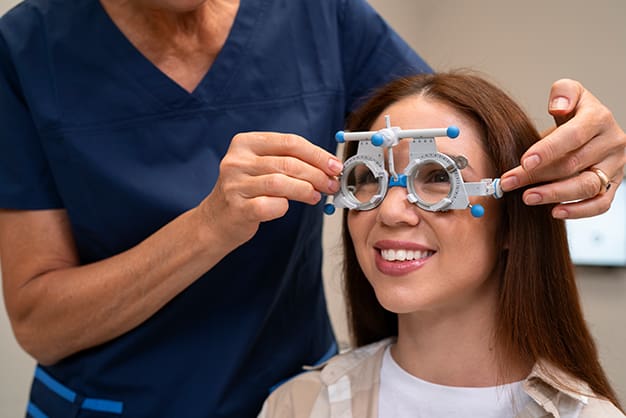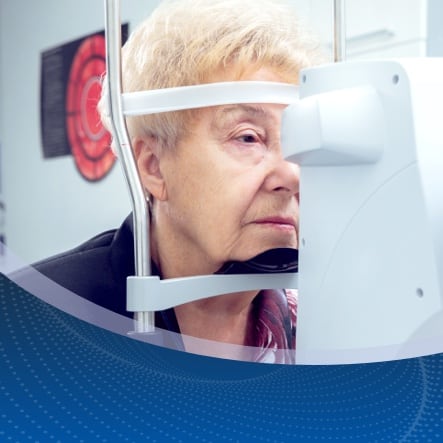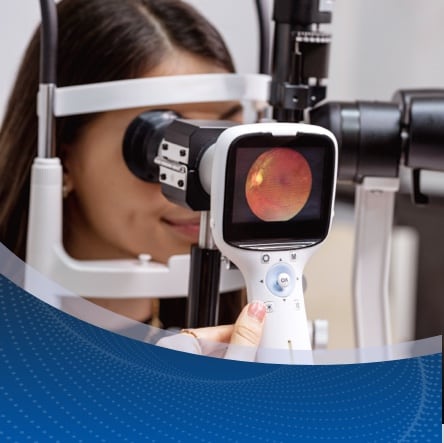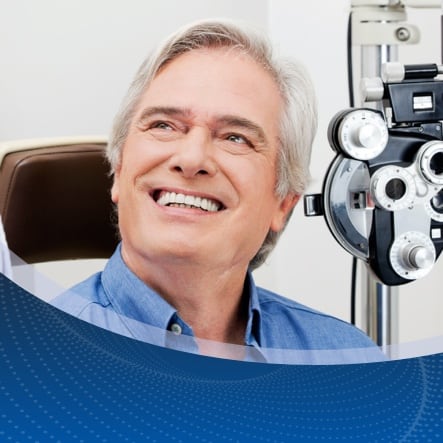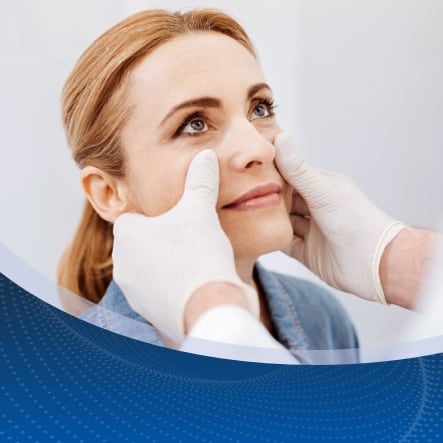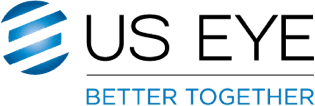Forty-five million Americans rely on contact lenses as an important part of their daily lives, valuing the freedom and flexibility they give over traditional eyeglasses. If you’re among these people, you already know the importance of regular eye exams to ensure your vision remains sharp and your eyes healthy.
However, for contact lens wearers, we provide an additional specialized exam. This is the annual contact lens eye exam, a key component of eye care that goes beyond the standard check-up.
Since contact lenses sit directly on the cornea (the eye’s delicate outer surface), issues related to the fit, material, or maintenance of the lenses may have critical implications for your ocular health. There’s a lot to cover during these exams, from reviewing your lens type and wear schedule to addressing any comfort issues. Here’s a brief rundown of these exams in our Griffey Eye Care clinics at Carmichael, Edwin Drive, and Kempsville, as well as some critical points to discuss with your optometrist.
What is a Contact Lens Fitting Exam?
A contact lens fitting exam goes a step beyond checking your prescription. It’s about ensuring your lenses fit your eye’s unique shape. Your optometrist will:
- Measure the curvature of your cornea
- Assess your tear quality to avoid dryness
- Test lens movement on your eye for proper alignment
Why does this matter? Poorly fitted contacts can cause discomfort, blurry vision, and even long-term corneal damage. A proper fitting exam ensures your lenses feel natural and protect your eye health over time.
Why a Contact Lens Eye Exam Matters Every Year
A contact lens eye exam isn’t just about renewing your prescription; it’s about protecting your vision. Contacts reduce oxygen flow to your eyes, and over time this can increase the risk of infections, inflammation, or even corneal ulcers. The Centers for Disease Control (CDC) reports that 99% of contact lens wearers admit to at least one risky habit, such as sleeping in contacts or not replacing cases regularly.
During a contact lens eye exam, your optometrist doesn’t just check how well you see. They also evaluate:
- Lens fit: making sure your lenses sit correctly on your cornea
- Tear film health: ensuring your eyes produce enough moisture for comfortable wear
- Corneal health: spotting early damage before it becomes a bigger problem
Skipping this exam can turn minor irritation into a major complication.
Why Do People Wear Contacts?
Contact lenses are great for better aesthetics and convenience, especially in sports and activities where glasses may be uncomfortable. They offer a broader field of view by matching the eye’s curvature, preventing visual distortions.
Available in soft and hard variants, soft lenses are known for their comfort, given their high oxygen-permeable material. They are less prone to displacement, making them ideal for active lifestyles. They include daily, disposable, and extendable types that cater to varying wear schedules.
While effective for treating astigmatism, hard lenses require an adjustment period for their firmer fit and lower water content. Both soft and hard lenses come in bifocal and multifocal options to address multiple vision corrections simultaneously.
Rigid gas permeable (RGP) contacts are sometimes called hard contacts, as their firm material has limited flexibility. RGP lenses are durable and made for long-term use. Typically, RGP lenses provide sharper vision compared to soft lenses. Initially, it can take longer to adjust to RGP contact lenses. Patients also need to wear the lenses consistently to maintain tolerance.
Contact Lens Types
Read more about the contact lens options below at Griffey Eye Care & Laser Center.
- Soft Daily Wear Lenses
- Rigid Gas Permeable (RGP) Contact Lenses
- Toric Contact Lenses
- Scleral Contact Lenses
- Decorative, Cosmetic Contact Lenses
Contact Lens Eye Exam vs. Comprehensive Eye Exam
A contact lens eye exam is different from a comprehensive eye exam. While the comprehensive eye exam involves questions about your vision and general health, a visual acuity test to check your seeing capabilities at different distances, and an inspection of your eye’s basic structures, it doesn’t automatically cover a contact lens fitting.
Separating or combining these exams is up to the patient, but they must get an annual re-evaluation to maintain their eye health. Regular exams allow your optometrist to detect potential eye issues early, even if you’re not experiencing symptoms.
For example, contact lens wearers can develop hypoxia,—a condition where the cornea isn’t receiving adequate oxygen, often from extended-wear lenses. Although hypoxia might not initially present noticeable symptoms, it can lead to severe complications.
Early detection by your optometrist can help you adjust your lens type to mitigate these risks. As your eyeglass prescription can change over time, so can your contact lens prescription.
The Importance of a Yearly Contact Lens Exam
Your eyes change more than you think. Even if you feel fine, your prescription and corneal shape can shift gradually. A yearly contact lens exam ensures your lenses stay aligned with those changes.
Here’s why it’s essential:
- Catch silent problems early: Conditions like corneal swelling or micro-abrasions often develop without pain.
- Stay updated with new technology: Contact lens materials improve every few years, and your doctor can switch you to a healthier, more comfortable lens.
- Prevent complications: Annual exams reduce the risk of eye infections, which send nearly 1 million people to the doctor each year.
Think of it as routine upkeep. Just as you wouldn’t drive your car year after year without a tune-up, you shouldn’t wear contacts without a yearly exam.
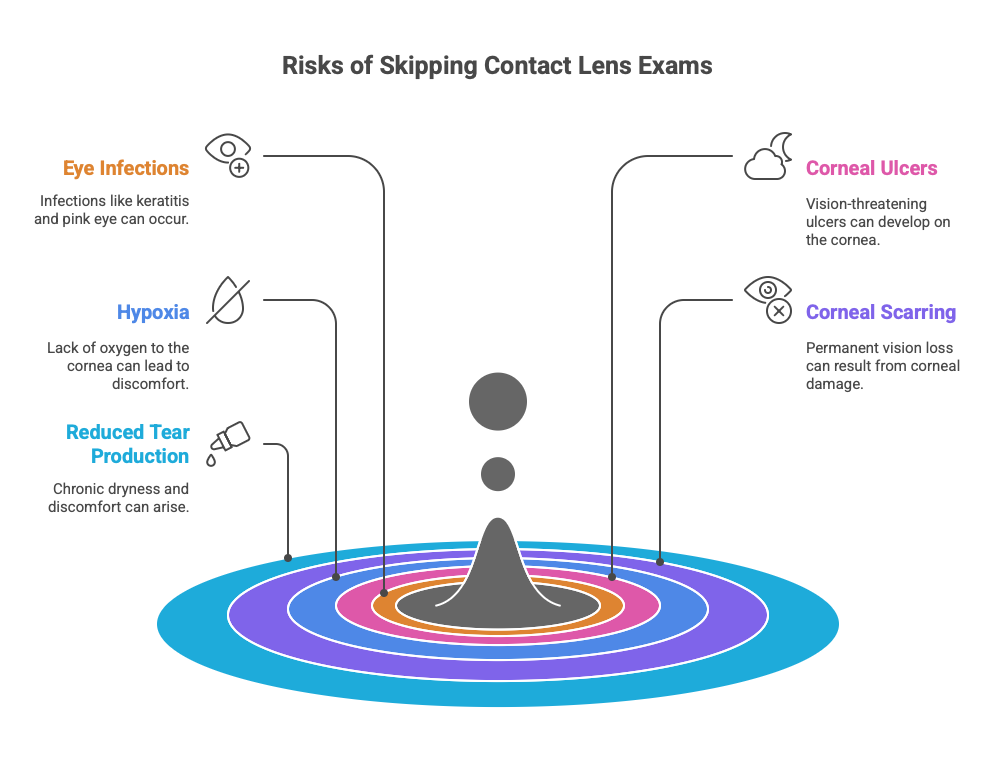
What to Expect During a Contact Lens Exam
During your contact lens exam, expect a thorough evaluation that begins with assessing your vision and determining your current prescription needs. Your optometrist will conduct precise measurements of your eyes, including the cornea, pupil, iris, and tear film layers, for the best possible fit for your contact lenses.
A big part of this process is measuring the curvature of your cornea to identify conditions like astigmatism, which requires specialized lenses. Based on these assessments, a specific brand and type of contact lens will be recommended for you.
A trial pair of lenses will then be ordered so you can test out the fit and comfort over approximately a week. This trial period allows you and your optometrist to evaluate how well the lenses suit your eyes in various conditions.
Frequently Asked Questions
What’s the difference between a contact lens prescription and a glasses prescription?
A contact lens prescription is different from a glasses prescription because contacts sit directly on your eye, while glasses rest a short distance away. Contact lens prescriptions include extra details like the lens brand, base curve, and diameter to ensure a precise fit and maximum comfort.
Can I order contact lenses without a prescription?
No. Contact lenses are considered medical devices and require a valid prescription from an eye care professional. This ensures the lenses fit your eyes properly and are safe for your vision and eye health.
Does insurance cover contact lens exams?
Coverage varies depending on your insurance plan. Many vision insurance policies offer benefits for contact lens exams and may help cover the cost of lenses. Since plans differ, it’s best to check with your provider or our office staff to understand your specific coverage and any out-of-pocket costs.
If you’re also wondering how Medicare fits into vision care, you can read our detailed guide on does Medicare cover eye exams.
What happens if my contacts don’t fit properly?
If your contacts feel uncomfortable or your vision isn’t clear, contact your optometrist right away. A follow-up appointment can be scheduled to check the fit and make adjustments. Sometimes, a different lens type or size is needed to achieve the best comfort and vision.
Can I combine my contact lens exam with my comprehensive eye exam?
Yes, you can often schedule both exams during the same visit. While a comprehensive eye exam checks your overall eye health and vision, a contact lens exam includes additional measurements and a fitting process to ensure your contacts are safe and comfortable.
How To Order Your Contacts
There are two ways you can order your contacts.
Once you are signed up through your provider, you can order directly through Abby – a hassle-free, secure way to purchase your contact lenses from the eye doctor you already trust. With Abby, you gain the added convenience of tracking your orders, easily accessing your prescription, and staying informed about when your prescription will need renewal.
Second, you can schedule an appointment and place your order through Griffey Eye Care & Laser Center, which offers a broad selection of contact lenses tailored to match your specific vision needs and lifestyle, backed by a meticulous exam and fitting process. If eligible, we have laser treatments available for a longer-lasting alternative.
Schedule An Appointment for a contact lens exam and fitting in our Griffey Eye Care clinics located at Carmichael and Kempsville in Chesapeake, VA.
**The information offered in this blog is not intended to substitute expert medical advice. Always seek a qualified healthcare professional for any questions or concerns you may have regarding your specific medical condition.**


